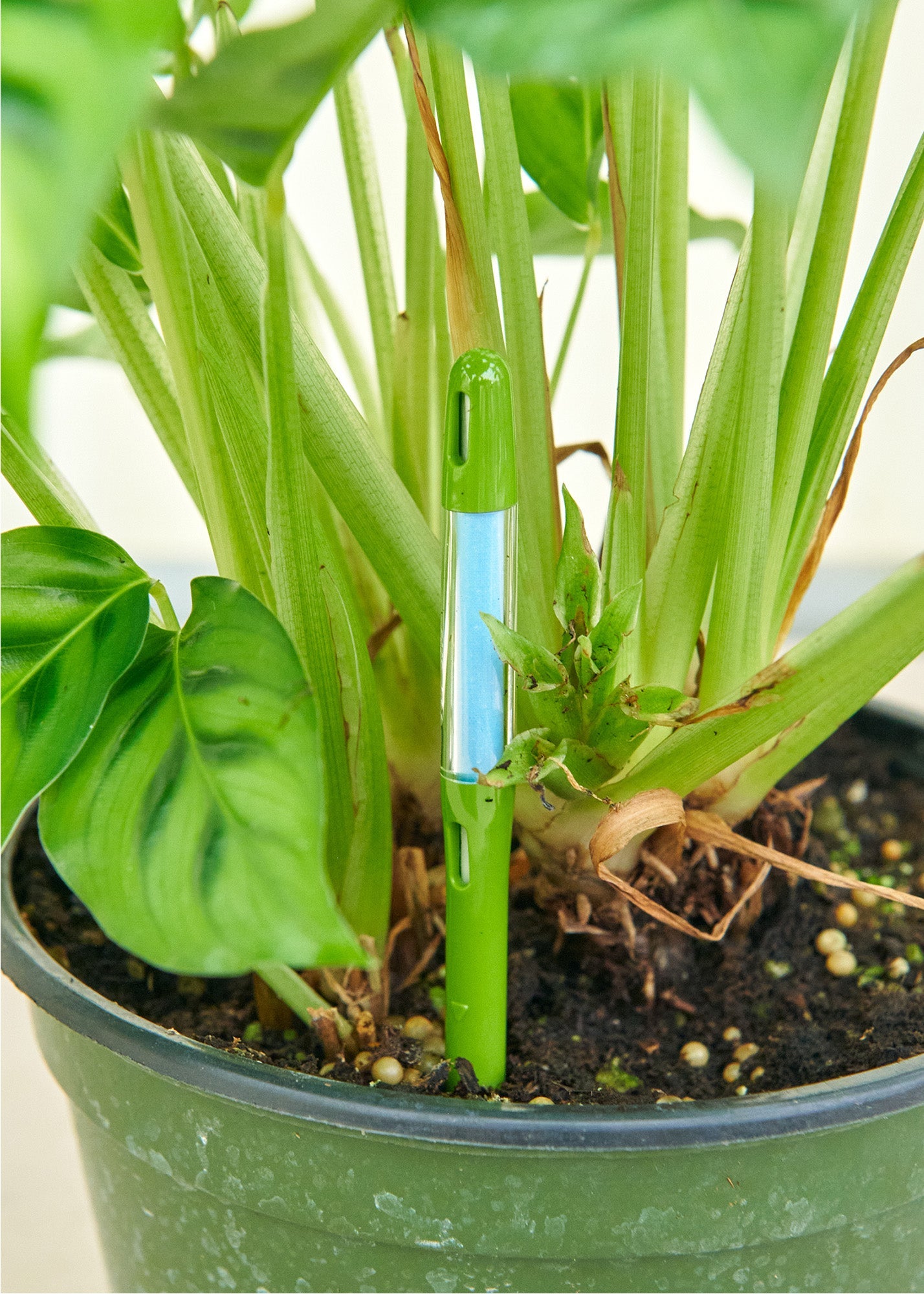Moisture Meter Reviews: Contrasting the Best Models for Professional and DIY Use
Recognizing the Importance of a Moisture Meter in Preventing Mold and Water Damages in your house
In the realm of home upkeep, the presence of wetness can typically be a quiet yet awesome opponent, qualified of causing prevalent mold and mildew growth and perilous water damages if left untreated. Recognizing the importance of a dampness meter in this battle is not just an alternative however a strategic requirement.
Value of Moisture Discovery
Efficient moisture detection methods are vital for guarding properties and preventing prospective mold and mildew development and water damage. Wetness can seep into numerous structure materials, causing architectural issues and wellness hazards. By using a wetness meter, homeowner can proactively determine locations vulnerable to excess wetness, enabling timely treatment and reduction approaches.
Moisture meters supply exact analyses of dampness degrees in different materials such as concrete, drywall, and timber. This data helps in identifying locations of concern, even in concealed or hard-to-reach locations. Early discovery of dampness build-up makes it possible for punctual repair services or changes to stop additional damage.

How Moisture Meters Job
Moisture meters play an essential role in the proactive recognition of excess dampness, aiding in the prevention of possible mold development and water damages by offering precise readings of dampness degrees in numerous structure materials. These tools function based upon various principles, depending on their type. Moisture Meter. Pin-type moisture meters, for example, have two pins that pass through the material to determine the electric resistance in between them. When dampness exists, it boosts the material's conductivity, resulting in a lower resistance reading. Pinless moisture meters, on the other hand, usage electro-magnetic sensors to scan the material without creating damage. These sensors give off electro-magnetic signals that penetrate the material and determine the dielectric residential or commercial properties, showing wetness material. Some advanced moisture meters combine both pin and pinless innovations for thorough dampness detection. Recognizing just how moisture meters feature is vital for exact and timely moisture degree assessments, enabling efficient precautionary procedures versus mold and mildew and water damage.
Finding Early Indication
Upon first examination of a residential property, acknowledging refined indicators of excess dampness becomes critical in the early discovery of potential mold development and water damage. Some usual very early caution signs include musty odors, water stains on walls or ceilings, peeling off paint or wallpaper, and distorted or stained surface areas. Mildewy smells typically show the presence of mold or mold, even if no visible indications are obvious. Water discolorations can signal leaks or infiltration, while peeling off paint or wallpaper might be an outcome of dampness endangering the attachment of these materials to the surface visit the website area. Deformed or stained surface areas, such as buckling floorboards or blemished drywall, are clear indicators of water damage. Furthermore, an increase in allergic reaction symptoms or respiratory system issues among occupants might suggest the visibility of mold due to excess dampness. By without delay recognizing and attending to these very early warning indications, property owners can reduce the threat of comprehensive mold and mildew growth and water damage in their homes.
Preventing Mold And Mildew Growth
Recognizing very early caution signs of excess wetness within a residential or commercial property not just makes it possible for punctual discovery of possible mold development and water damage but likewise article source serves as an aggressive action in protecting against the proliferation of mold and mildew. To successfully protect against mold and mildew growth, it is critical to address any sources of moisture quickly. This can consist of dealing with leaks in pipelines, roofings, or windows, guaranteeing proper air flow in wet areas like kitchens and bathrooms, and utilizing dehumidifiers in high-humidity spaces. Regularly keeping the residential property and inspecting's pipes, roof, and gutters can additionally help in protecting against water breach that might lead to mold development.
Along with addressing moisture resources, maintaining interior moisture degrees below 60% can significantly prevent mold development. Appropriate air flow, appropriate insulation, and making use of a/c or followers can aid manage indoor humidity degrees. Keeping track of moisture levels in locations vulnerable to wetness, such as cellars and creep spaces, using a moisture meter can also aid in very early detection of raised dampness degrees and possible mold development. By taking proactive steps to stop excess wetness and mold growth, homeowners can safeguard their home and interior air top quality.
Benefits of Regular Surveillance
Routine monitoring of dampness degrees in a residential here property can play a vital role in keeping a healthy indoor atmosphere and preventing possible mold and mildew and water damages. By on a regular basis inspecting dampness levels, home owners can discover any concerns promptly and take needed actions to stop mold growth and water damages. Among the essential benefits of regular surveillance is early detection. By determining and dealing with high dampness degrees at an early stage, homeowners can intervene prior to mold has the possibility to create and spread. This aggressive approach can save both money and time over time by avoiding comprehensive mold removal and fixing costs.
Moreover, routine monitoring permits house owners to track patterns and trends in dampness levels over time. Ultimately, the regular monitoring of moisture levels empowers house owners to safeguard their residential or commercial property, guard their wellness, and preserve the stability of their interior atmosphere.

Final Thought

By making use of a moisture meter, home proprietors can proactively recognize locations vulnerable to excess dampness, allowing for prompt intervention and mitigation strategies.

Keeping an eye on dampness degrees in locations vulnerable to wetness, such as basements and creep rooms, utilizing a dampness meter can additionally assist in very early detection of elevated wetness levels and prospective mold growth. (Moisture Meter)